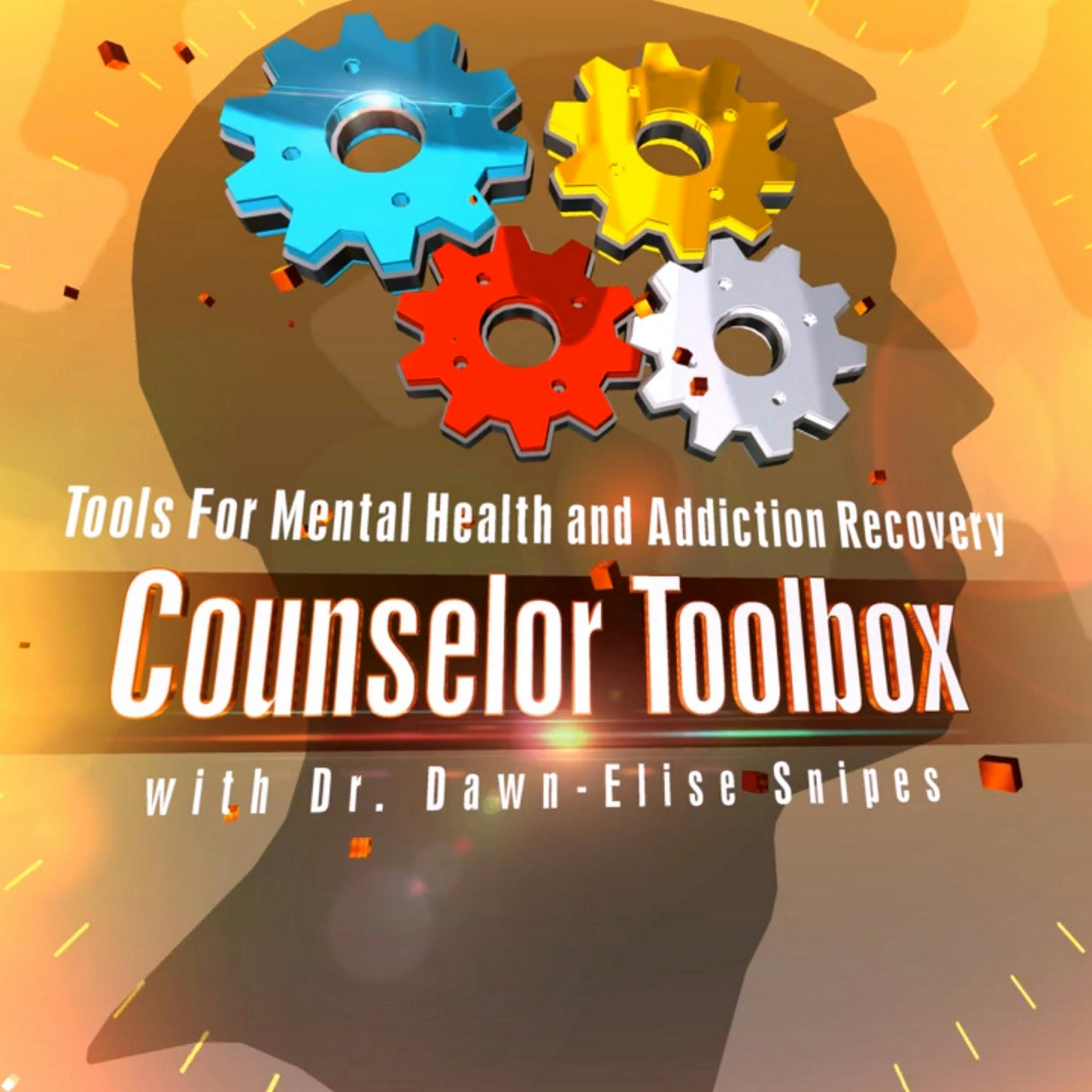|
101 Mindfulness Exercises for Children and Adolescents
Presented by: Dr. Dawn-Elise Snipes
Executive Director, AllCEUs
Objectives
– Core Mindfulness
– Walking the Middle Path
– Distress Tolerance
– Emotion Regulation
– Interpersonal Effectiveness
– Mindfulness Exercises
– DBT Games and Activities
Core Mindfulness
– Three States of Mind
– Reasonable: School Brain, scientist, robot
– Emotional: What your heart says
– Wise: The logical choice that makes you as happy as possible
– Example: Animal rescue
– Example: Extracurricular activities
Core Mindfulness
– Wise Mind What Skills
– Observe: Be a detective. Take in the whole situation.
– Describe: Name your experiences
– Participate: Be actively involved in the moment
– Practice observing, describing and participating
– Discuss things that would stay in the way of observing, describing, participating
Core Mindfulness
– Wise Mind How Skills
– Nonjudgmental: Observable, measurable
– One mind: Focus on the task at hand. Clear your mind of everything else
– Do what works
Walking the Middle Path
– Balancing the ideas of acceptance and change
– Incorporates
– Dialectics
– Both/And
– Recognizing change is the only constant
– Validation
– Active listening
– Tolerating others
– Tolerating self
– Behaviorism
– Reinforcement
– Shaping
– Extinction of maladaptive behaviors
Walking the Middle Path
– Open your eyes to seeing things from different angles
– Change is constant. If it is stressful now; change will happen
– Find both sides of the spectrum and use a both/and approach
– Validate Self: Acknowledging what you feel nonjudgmentally
– Validate Others
Distress Tolerance
– Activities
– Contributing
– Comparison
– Emotions (the opposite)
– Push the experience from your mind
– Think about alternate things
– Sensations (intense)
Distress Tolerance
– Self-soothe with the 5 senses
– Pros and Cons
– Long term goals
– Decisional balance
Distress Tolerance
– Imagery of a relaxing place
– Meaning
– Survived similar situations
– What is important in your life (in comparison, how important is this)
– Prayer
– Relaxation
– One thing in the moment
– Vacation (mental or physical)
– Encouragement Helpful statements about self and others
Distress Tolerance
– Radical Acceptance
– Life can be tough. It isn’t fair
– Some things can’t be changed
– You don’t have to like it
– Identify
– Things you can change
– Things you cannot change
Emotion Regulation
– Identify and label primary and secondary emotions
– Strength
– Sleep
– Take care of self
– Resist unhelpful behaviors/impulsivity
– Exercise
– Nutrition
– Gain mastery
– Take time for yourself (relaxation/pleasant activities)
– Healthy self-talk
Interpersonal Effectiveness
– Cheerleading statements
– Dear Man
– Describe objectively
– Express your feelings
– Assert your wants and needs
– Reinforce by creating a win/win
– Mindful focus on the present
– Appear confident
– Negotiate
Interpersonal Effectiveness
– FAST
– Fairly treat others: The Golden Rule
– Apologize when you make a mistake, not for being you
– Stick to values—What is important to you
– Tell the truth
Mindfulness Exercises
– Transformation: Creative uses for everyday objects (both/and)
– Scents and memories
– Mindful eating
– Blindfolded awareness
– Name 4 and 4
– Create a special place (guided imagery)
– Distress Hat
– Emotions collage
– Nature Observation
– Hold Ice—Pain reaction
– Self-Esteem envelope
– A movie about my life (title, stars, main plot)
– Feelings charades
DBT Games
– DBT Charms
– Self-soothing kit
– Cell phone: Heart rate monitor, knock knock jokes, funny videos, distracting music, sweet images, cathartic/validating images (Grumpy Cat)
– DBT Jeopardy
– DBT Infomercials
– Media DBT –show clips
Summary
– Adolescents are trying to discover
– Their values
– Their niche
– Their goals
– Adolescents are transitioning from the carefree childhood to trying to become adults
– Adolescents almost always have a low to moderate level of stress making them more vulnerable to emotional reactivity.
Summary
– DBT helps adolescents gain control over their emotions
– Mindfulness helps them become aware of the whats and whys of their emotions
– Most adolescents prefer an indirect approach to learning skills
– Through skills groups adolescents can
– Acquire new skills
– Relate them to something they know
– Practice them in a safe environment
– Come to the awareness for themselves why these skills are helpful
Summary
– All of these activities need to be processed and brought back around to how they can be generalized in the real world |
 More
More
 Religion & Spirituality
Religion & Spirituality Education
Education Arts and Design
Arts and Design Health
Health Fashion & Beauty
Fashion & Beauty Government & Organizations
Government & Organizations Kids & family
Kids & family Music
Music News & Politics
News & Politics Science & Medicine
Science & Medicine Society & Culture
Society & Culture Sports & Recreation
Sports & Recreation TV & Film
TV & Film Technology
Technology Philosophy
Philosophy Storytelling
Storytelling Horror and Paranomal
Horror and Paranomal True Crime
True Crime Leisure
Leisure Travel
Travel Fiction
Fiction Crypto
Crypto Marketing
Marketing History
History

.png)
 Comedy
Comedy Arts
Arts Games & Hobbies
Games & Hobbies Business
Business Motivation
Motivation




